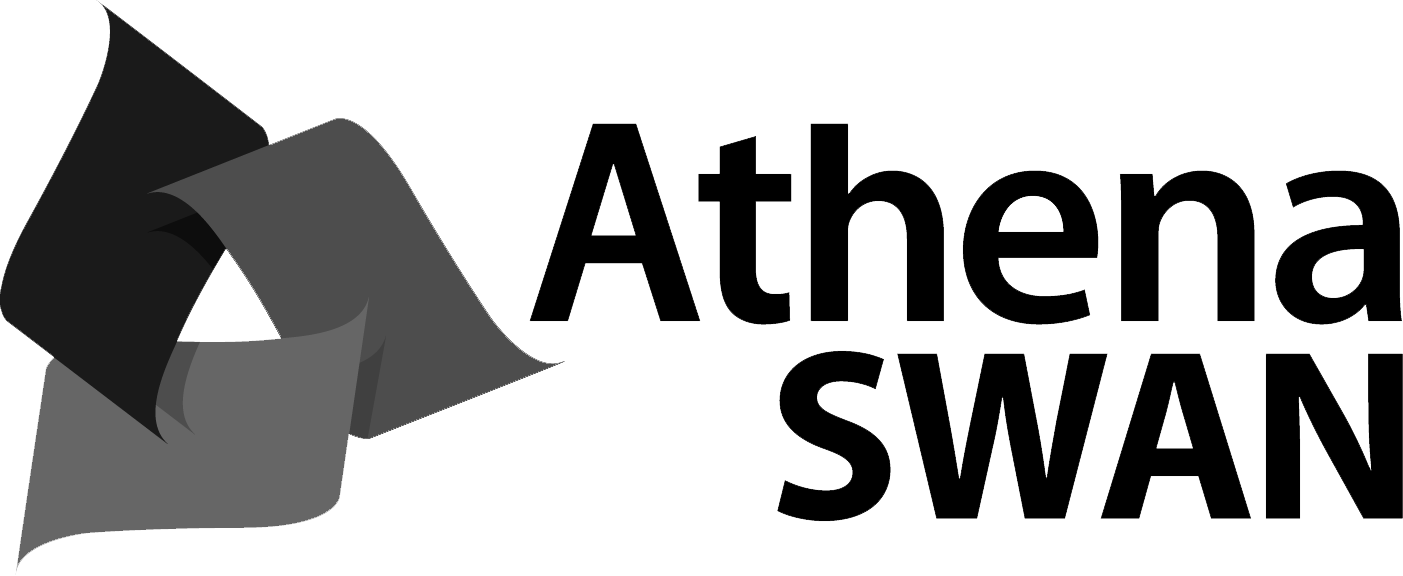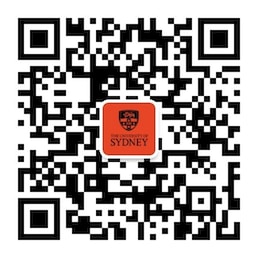The unit explores architecture and the integration of structural, construction, environmental and services systems within the design development process. It aims to give students the ability to understand how structural, constructional technologies and systems are conceptualised, developed and integrated within the technical design. The unit aims to provide a basis for the development of technical and design skills required within ongoing design studio projects and for reference as a professional architect. This unit reviews a series of seminal architectural approaches and explores the technological approaches associated with realising such buildings, including case study buildings recognised by the architectural professional, it explores the nature of both the building fabric and, the environmental and management systems which enable the building to function optimally in a complex and dynamic urban environment. Students are expected to develop the ability to research structural, environmental and construction systems that satisfy aesthetic and philosophical intentions and to evaluate them based on clearly articulated decision criteria. Knowledge required for the selection of strategies, systems, and the integration of the systems, within a variety of design situations, is assessed through assignments and presentations.
Unit details and rules
| Academic unit | Architectural and Design Science |
|---|---|
| Credit points | 6 |
| Prerequisites
?
|
None |
| Corequisites
?
|
None |
|
Prohibitions
?
|
None |
| Assumed knowledge
?
|
None |
| Available to study abroad and exchange students | Yes |
Teaching staff
| Coordinator | Arianna Brambilla, arianna.brambilla@sydney.edu.au |
|---|





